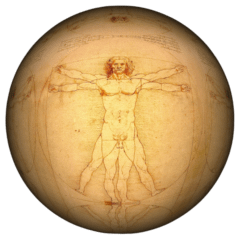The Pallava dynasty, which ruled parts of southern India from the 4th to 9th centuries, left a legacy in the form of their distinctive architectural style. The Pallavas were known for their rock-cut temples, which were carved out of solid rock rather than being built from brick or stone.
These temples were adorned with intricate carvings and sculptures and often featured grand entrances and pillared halls. One of the most famous examples of Pallava architecture is the Shore Temple in Mamallapuram, which was built in the 7th century.
The temple is dedicated to the Hindu gods Shiva, Vishnu, and Brahma, and features ornately carved pillars and a towering pyramidal roof. Another notable Pallava structure is the Kailasanathar Temple in Kanchipuram, which is known for its elaborate sculptures and frescoes.
The temple was built in the 8th century and is one of the finest examples of Pallava architecture. The Pallavas also built stone temples and palaces, which were characterized by their ornate carvings and grandeur.
The Pallava dynasty left a lasting impact on the architectural landscape of southern India, and their monuments continue to be admired and revered to this day. By the way UNESCO world heritage site. Tamil Nadu.

